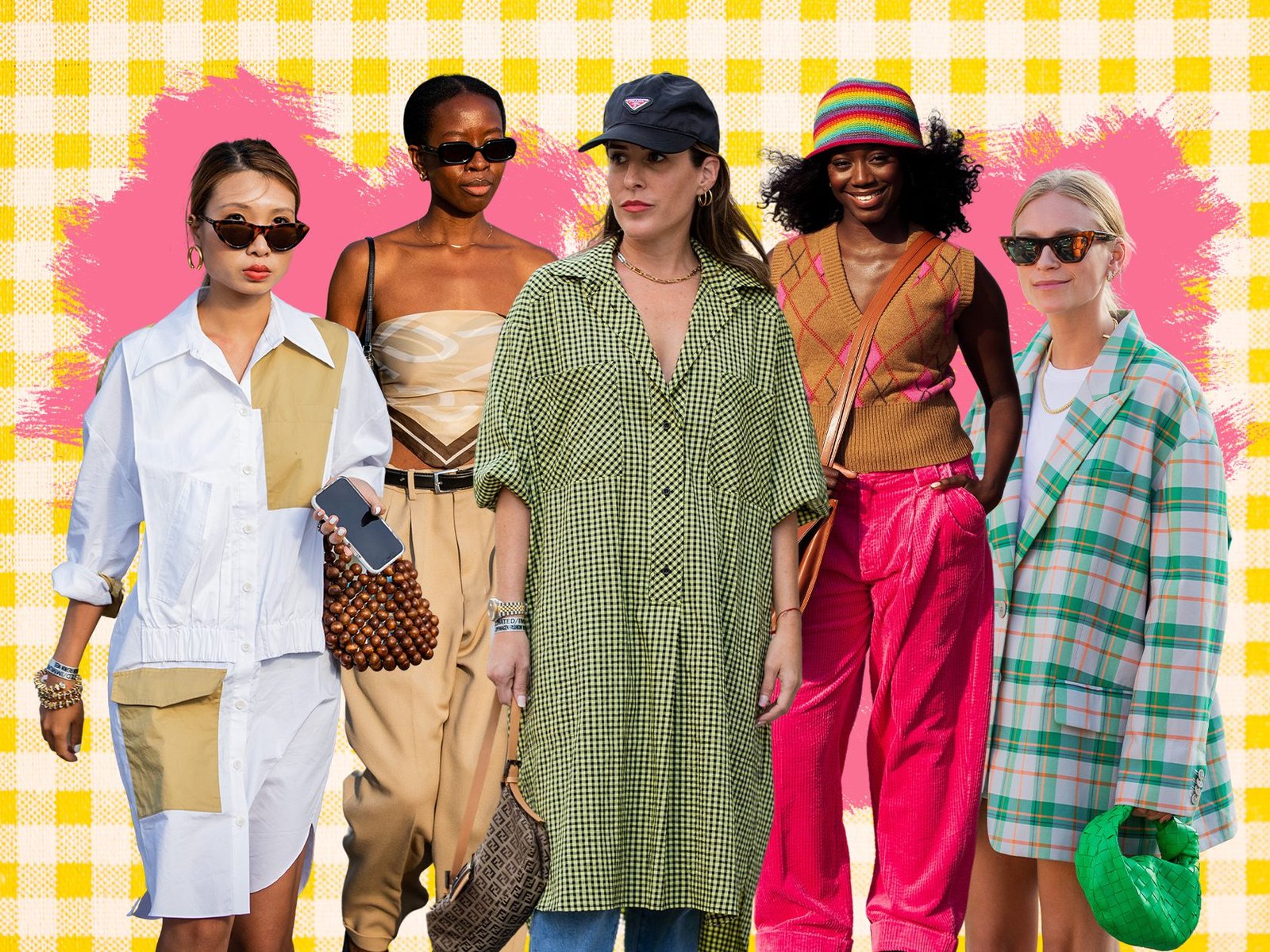There is no traditional clothing in the United States. While Koreans, Japanese, and Indians wear traditional clothing, Americans dress differently depending on the weather, occasion, and place they’re in. For example, most Americans wear jeans and t-shirts to work and play, and if they’re at a festival, they’ll wear a festive dress, such as a sari. In fact, there are many cultures represented in the USA, from Native Americans to people from all over the world.
Cowboy hat
The cowboy hat is an iconic piece of western clothing and is perfect for the warmer weather. It’s become a popular fashion trend and pairs well with a variety of different styles. You can wear it as a casual hat for casual days or dress it up for an elegant occasion. Here are some tips for spicing up your cowboy hat look. – Don’t forget to wear your hat on a rainy day!
– Hollywood films popularized western wear, but its origins date back to the Spanish and Mexican cultures. The cowboy outfit is comprised of practical items that were designed for the rugged lifestyle of the American West. The cowboy hat is perhaps the most iconic piece of Western clothing and has a high crown. Many have a chin strap to keep the hat in place. – Be sure to buy the right size hat – a large brim is more practical than a small one.
– Select the right color and style of a cowboy hat. A black hat will work well with a black tee and classic western clothing. For more casual occasions, choose a straw hat that has a subtler look and goes well with a lighter-colored shirt. Alternatively, a dark blue or black hat will give off a mysterious or edgier look. Remember that to really pull off your cowboy hat style; you must also accessorize with a jacket or other piece of clothing.
Plains Indian breastplates
Plains Indian breastplates were made of pipe stems, leather, and other materials. These were used as protection against arrows and spears, but they continued to be worn after bullets were introduced. These pieces of Native American art also offered spiritual protection to the wearer and gave them strength and security. Whether they are worn as protective armor or as fashion accessories, these pieces are sure to make your room look beautiful.
The design of plains Indian breastplates varied by tribe. Most tribes in the Oklahoma region favored a breastplate with four to six rows of short or medium-length pipes, though it was rare to see more than thirty per row. Famous Comanche chief Quannah Parker wore a wide breastplate in 1892. The prominent Kiowa leader Running Bird wore one in 1909. In 1890, Dixon illustrated a famous inter-tribal Indian council at the Little Big Horn.
Hairpipe Breastplates are historically associated with the Comanche, but many of the tribes in the Great Plains adopted this design. The hairpieces are hollow animal bones used for decoration. If you’re interested in making one of these adornments for your home, you’ll find a Plains Style Breastplate Kit from Wandering Bull that includes all the materials you need to make the piece.
Gaucho poncho
The gaucho is an authentic piece of clothing from southern Chile and is a must-have for a winter vacation. This traditional style is crafted from alpaca, llama, sheep, and guanaco fiber. The poncho is made from two panels that are joined together with a zigzag or fly-shaped seam. The poncho is named for the epic Guemes, and its weaving process is based on generations of oral tradition. Weavers of the traditional style learned from their elders and were also involved in the dying process. Often, the entire family would participate in the weaving process.
Ponchos were a gaucho’s most essential piece of clothing. They were made of thick wool and had multiple functions. For example, they could double as a saddle blanket, a sleeping bag, and a cape. Originally, the poncho was worn by Indians, mestizos, and whites, but today, gauchos are still worn. They are also often referred to as paisanos, although paisano is the most popular term in contemporary Argentina. The paisano is often seen accompanied by a gaucho and shares similar traits and traditions.
The word ‘gaucho’ originates from the Quecha language, “hauchu,” which means orphan. It also means cowboy and is derived from the Arabic word “Chaouch,” which means cowboy. The word ‘gaucho’ is generally understood to mean a semi-nomadic cowboy. A gaucho is an ethnic group of people from the southern regions of South America. They are considered part of the indigenous culture and have distinct traits.
Norfolk jacket
The Norfolk jacket was a popular style among many men in the United States during the 1800s. It was not a traditional country suit but rather a suit jacket designed for leisure pursuits. Today, many men wear the Norfolk as a sports jacket. This article will explain more about the history of this style of jacket, as well as its characteristics. Also, learn about how the Norfolk came to be known as the shooting jacket. And don’t forget to read about the many differences between the two!
The Norfolk jacket is traditionally single-breasted with box pleats on the back and front. This type of jacket was originally made as a hunting coat for the gentry. However, the design was also functional, as the Norfolk jacket wouldn’t restrict a man’s movements when the elbow is raised. Today, this style is popular for leisure pursuits, such as cycling. Its box pleats provide a great trajectory for the arms and are made of heavy tweed fabric.
The Norfolk jacket is a popular style among many men, including Hollywood stars and royalty. For example, in the pre-credits sequence of the movie Diamonds Are Forever, James Connery wore a half-Norfolk jacket made of dark herringbone tweed. The jacket featured pointed button-down flaps and front pleat strips. It was also modeled after the classic English shooting jacket worn by royals.
Knickerbockers
The term “knickerbocker” is derived from a character in Washington Irving’s book, “A History of New York.” The character of Diedrich Knickerbocker, who wore knee-length trousers, became synonymous with the type of person who wore them. In the 1920s, younger boys wore these clothes above the knee. By the 1930s, more boys were wearing shorts or knee-length trousers.
In the early 20th century, knickerbockers became popular among golfers and skiers. Newsies also wore them in Europe. Then, the 1980s came along, and knickerbockers regained their popularity. Despite their popularity, some groups still wear them today. In the early 20th century, they were popular with the scouting movement, and today, they’re worn by some professional athletes.
The name “Knickerbocker” first entered popular culture in the US. In 1809, it referred to descendants of early Dutch settlers who lived in Manhattan. The name was popular among the settlers of the city. Washington Irving may have been inspired by a fictional character named Diedrich Knickerbocker, a New Yorker who supposedly wrote A History of New York. But it seems that the term gained its meaning after Irving’s book. Irving was part of the “Knickerbocker group” and was a member of Washington Irving.
Today, knickerbockers are still sold in many stores, but they are usually sold as capris or trousers. Though they have remained a popular piece of traditional clothing, knickerbockers are primarily aimed at men. Men’s trousers are more fitted than women’s capris. Those of us in the United States tend to refer to women’s capris as knickerbockers.
Tuxedo
The traditional tuxedo was born in England around 1885. A prince of Wales commissioned the tailor Henry Poole & Co to make him a tailless dinner jacket and trousers. This new style of the outfit was intended to be more comfortable than the traditional evening tails. Americans quickly popularized the tuxedo as a formal wear item, and it became synonymous with formal occasions.
The tuxedo was reborn in the 1950s when Space Age fabrics and a longer, fitted jacket made them fashionable again. The trend also saw the end of white-tie events, and black-tie became the norm at weddings and high-society events. However, in the early ’50s, the black-tie trend started to wane, and more colorful versions of the classic ensemble emerged.
The traditional tuxedo in the United States was adapted from its European origins. Its exact path is unknown, but it quickly caught on. It originally consisted of a black coat with peaked lapels, a white undershirt with a standing collar, and a black bow tie. It was influenced by the Tuxedo Park, a high-class club in New York, and it became a staple of formal wear.
The modern tuxedo has a rich selection of styles, colors, and fabrics. In addition to suit supply, there are custom tailors such as Black Lapel and Indochino. However, custom suits may take a few weeks to arrive. On the other hand, off-the-rack tailoring can be delivered in a matter of days. However, you may have to order alterations to fit properly.







